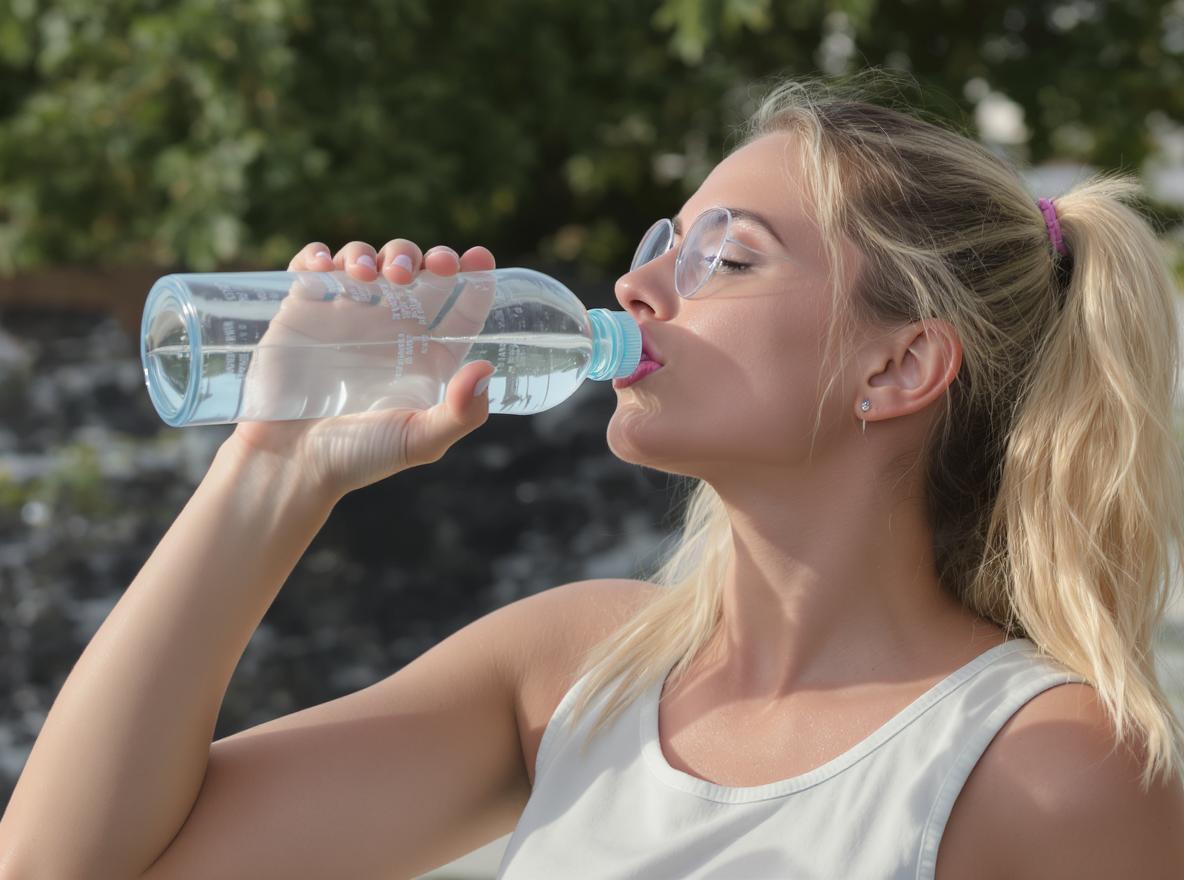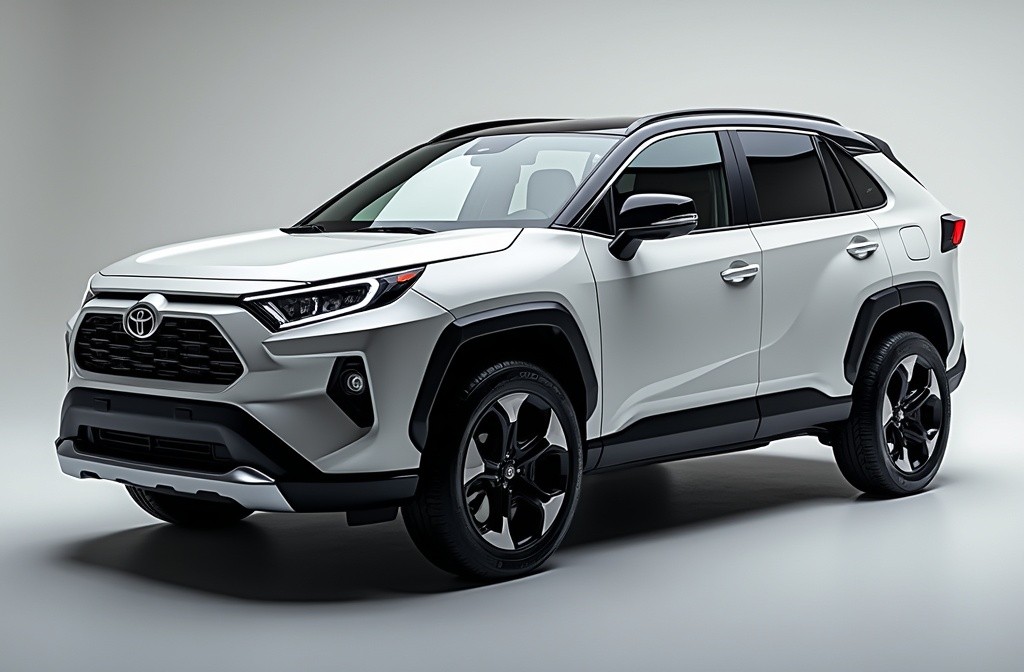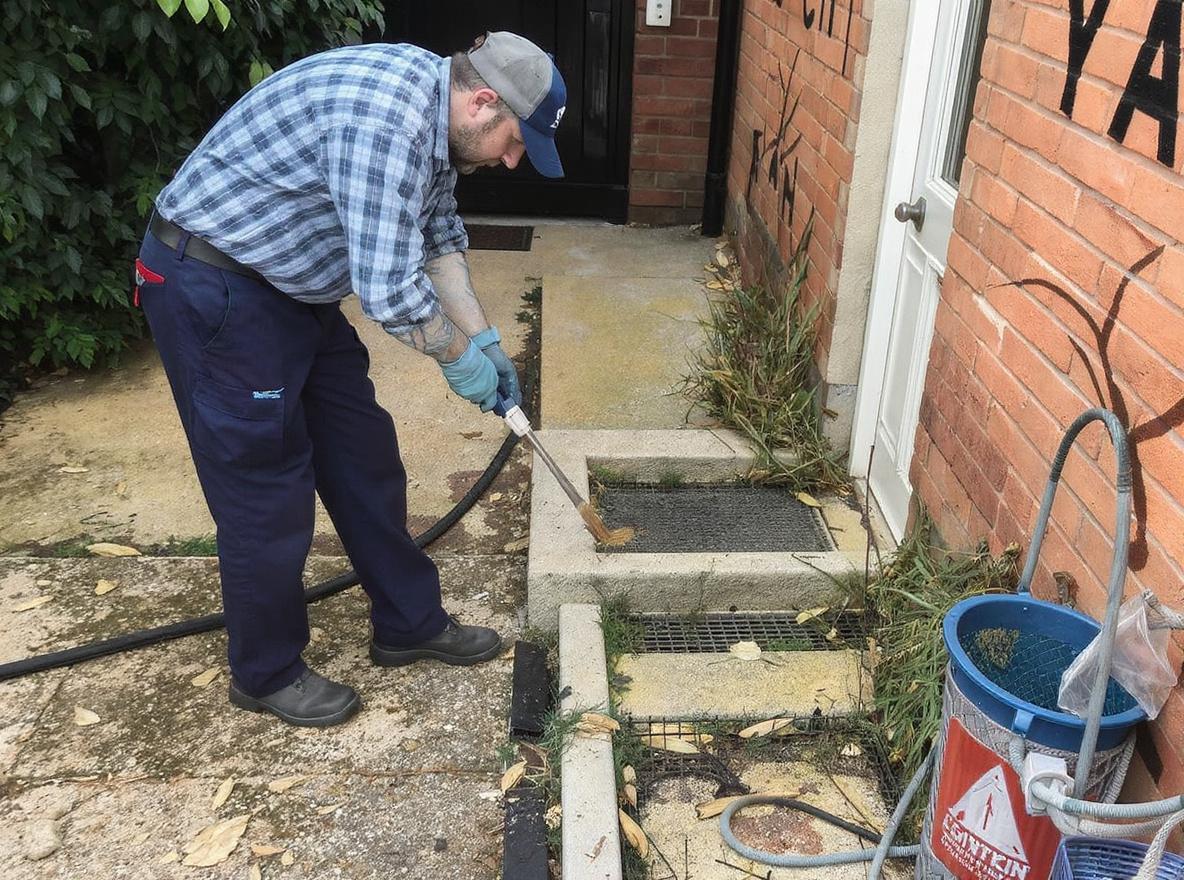Have you ever stopped to consider what's really inside that bottle of water you grab on the go? The pristine imagery on the label might not tell the whole story. With concerns about contaminants and comparisons to tap water, understanding what's truly in your bottled water is more critical now than ever.

Understanding Bottled Water Labels: What Do They Really Mean?
Bottled water labels often feature mountain springs or lush forests, creating an image of purity and freshness. But what do these labels genuinely signify? According to information presented at freedrinkingwater.com, the labels are supposed to inform the consumer about the source and quality of the water. However, they can often be confusing and lack detailed information on water treatment processes or water source specifics.
The U.S. Food and Drug Administration (FDA) governs bottled water labeling, requiring basic information such as the type of water (spring, mineral, purified). Despite these regulations, the labels may not indicate if the water has been treated or filtered, leaving consumers to wonder about its purity. Additionally, contact information for the bottling company might be the only resource for consumers seeking deeper insights into the product's quality.
Hidden Contaminants: What Could Be Lurking in Your Bottled Water?
While many assume bottled water is inherently cleaner than tap water, this isn't always the case. Various studies have indicated that bottled water can contain contaminants like microplastics, chemical pollutants, and sometimes even bacteria. According to an article referenced by Consumer Reports, some brands of bottled water have been found to contain levels of arsenic that exceed recommended safety thresholds.
Microplastics, minuscule plastic particles, are a prevalent concern. A report by CBC News highlights the widespread presence of these particles in bottled water, the result of plastic shedding during the bottling process or from the degradation of the bottle itself. The health implications of consuming microplastics are still under study, but their presence alone is cause for consumer concern.
Comparing Bottled Water and Tap Water: Which is Safer?
The debate between bottled and tap water often boils down to safety and taste. Municipal tap water in the United States is regulated by the Environmental Protection Agency (EPA) and is subject to stringent testing for various contaminants, making it generally safe for consumption. In contrast, bottled water, regulated by the FDA, may not undergo the same level of scrutiny.
Tap water often contains beneficial minerals like calcium and magnesium, which are sometimes stripped away during the purification process of bottled water. Financially, tap water is also a more economical choice, costing significantly less than its bottled counterpart. From an environmental perspective, tap water is the more sustainable option, reducing plastic waste and the carbon footprint associated with bottling and transportation.
Despite these considerations, many consumers prefer bottled water due to its convenience and perception of superior taste and purity. However, understanding the realities of bottled water's labeling and potential contamination opens the discussion about making more informed choices.
Conclusion: Making Informed Choices
As consumers, it's crucial to delve beyond the picturesque labels of bottled water to understand what you're actually consuming. By educating yourself on label reading and being aware of potential contaminants, you can make a more informed decision about whether bottled or tap water best suits your needs. Consider the environmental and financial impacts as well, and remember that while bottled water can be a convenient solution, it may not always be the safest or purist option.
Ultimately, knowing the facts and doing some research can help you hydrate smartly and responsibly. As we continue to explore what's really in our bottled water, one thing is clear: transparency and knowledge are vital to making the choice that's best for you and the planet.




